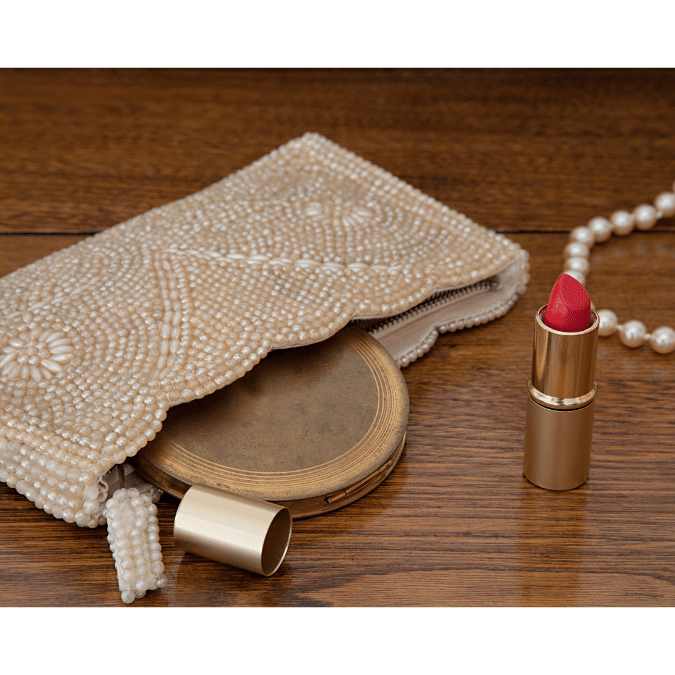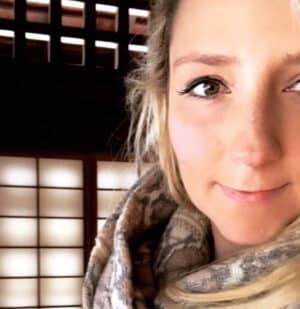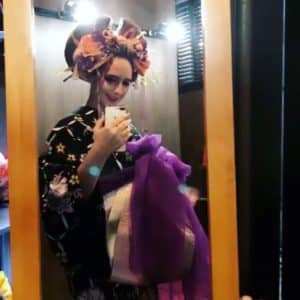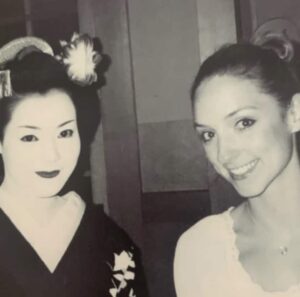
I’ve had an increase of emails from women who are about to attend a formal event in Japan (mostly Mums but not always) and are asking for what to wear advice.
I have written a more general “what to wear” blog post here but here I’m talking about options for women who are invited to weddings, corporate events, school graduations and first day of the year school ceremonies.
Before I break it down, the underlying rule is go ultra conservative. Some people may say that my advice is TOO conservative but I think that (especially for those new to Japan) it’s better to go super boring and conservative and follow all of the cultural norms than get it completely wrong right?
And for me, even after a long time in Japan, I’d still rather be crazy boring and blend in.
It’s kind of hard to explain to those who haven’t lived in Japan, but, if you get a dress code “wrong” you won’t be told about your etiquette error to your face (unless you’ve gone super extra and above and beyond the cultural norm, that is.). But you will feel that something it not quite right but some more eyes on you than you intended or some “compliments” (no-one does subtle passive-aggressive better than Japan – especially if you speak Japanese.)
As someone who has gotten it wrong many many times – nothing bad happens and no-one is ever unkind. It just feels a bit icky.
General rules when dressing for all formal or formalish events in Japan for women:
1) No boobies
And by that I mean no cleavage. This is tricky when you’re not up and down slim (I’m def not and most of my Japanese female friends definitely are.). But even my Japanese girlfriends who have been blessed with curves stick to a higher scooped neckline.
2) No shoulders / spaghetti straps
If you have a dress that does show the shoulders, then you’ll need to wear a shawl or a scarf tied around the shoulders the whole time.
3) No white
For the same reason as western weddings, white is a no-no. I recommend going with navy blue, grey or fresh spring colours – but avoid neons or bright reds.
*For school opening school events / first day of the year events – black and dark colours are not as common. Fresh spring colours ( especially pastel solid colours) are most common.
4) Gaudy and oversized needs to wait for another day
Extra big hair or sparkly oversized jewellery can be seen as taking attention away from the happy couple. You’ll see at most social functions that Japanese women choose small accessories – mostly pearls and/or delicate jewellery.
5) Closed toe shoes are the most common kind of heel or flat
I don’t know why but even in summer, a closed toe flat or heel is the most common option in Japan.
If you have larger sized feet I don’t recommend shoe shopping in Japan – best to bring from home. I speak more about this here.
What about pantsuits?
Totally fine. Not uncommon to see a pantsuit at all at a wedding or formal event in Japan. Same goes for blazers over dresses.





